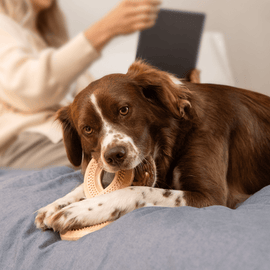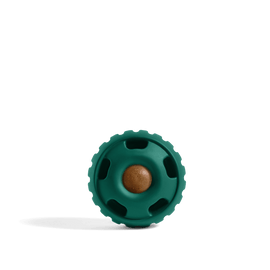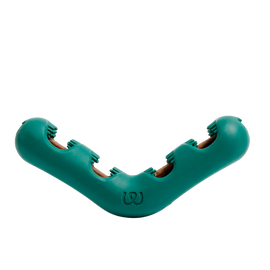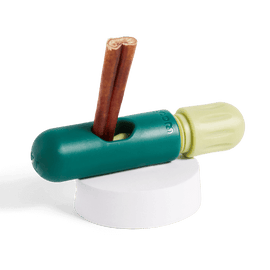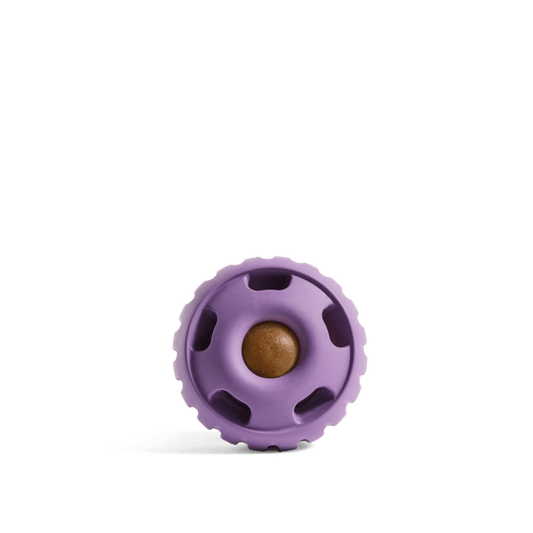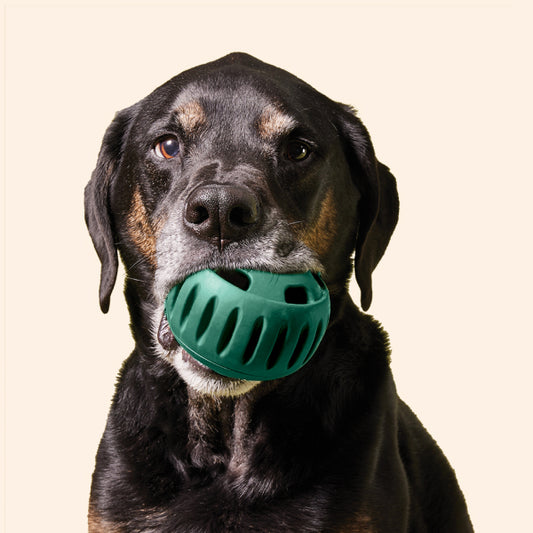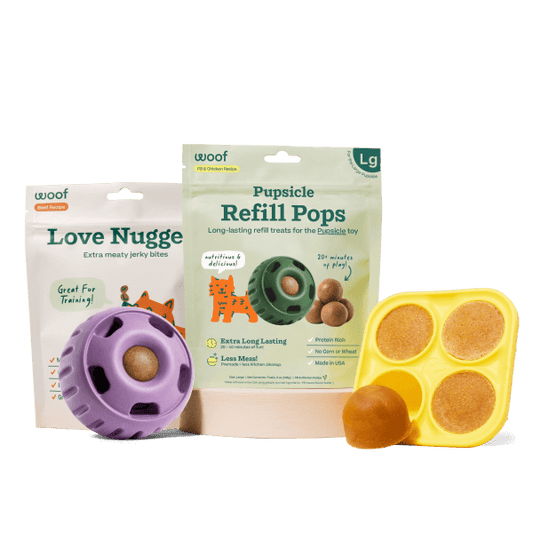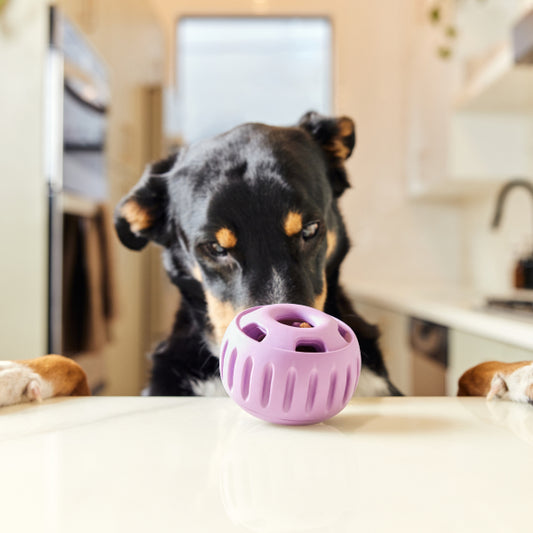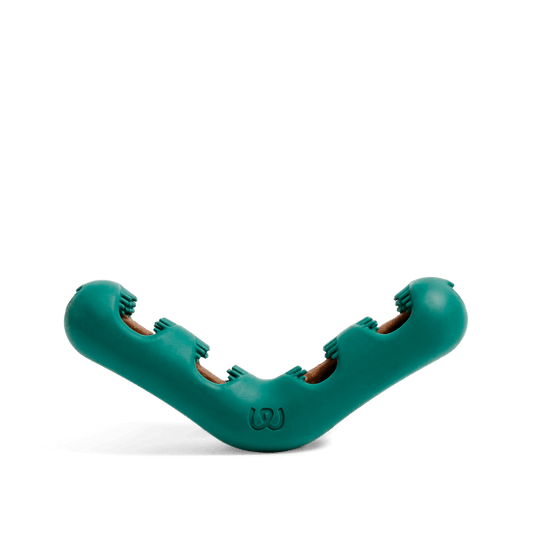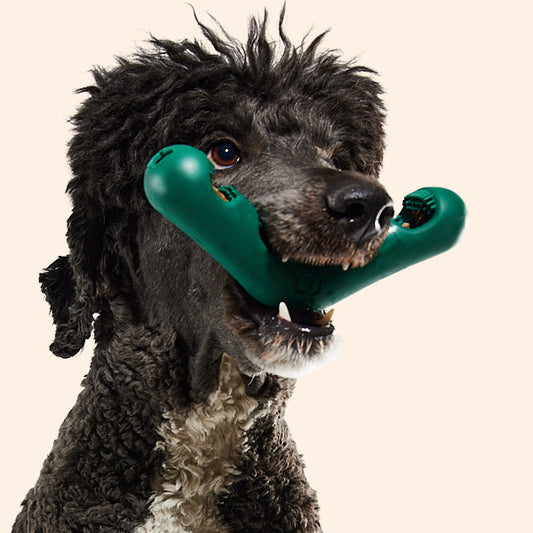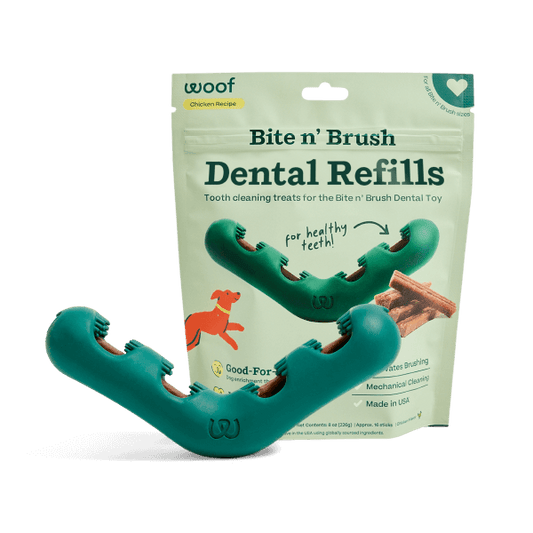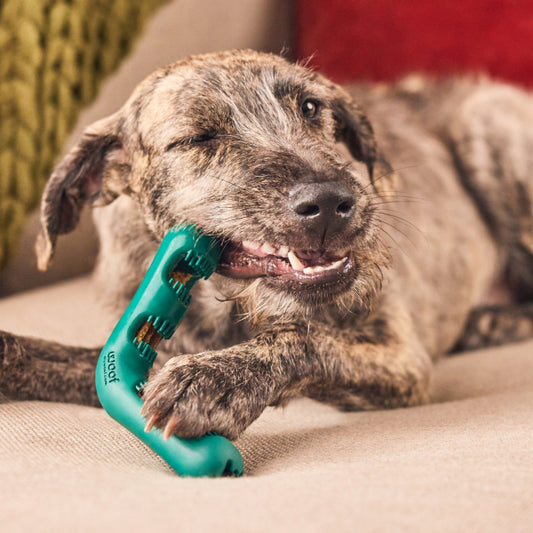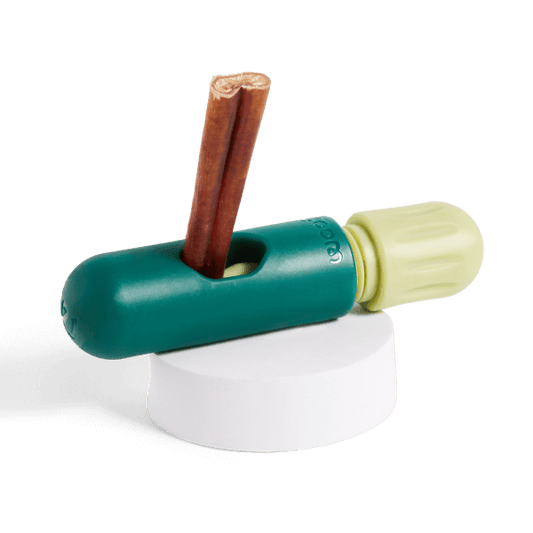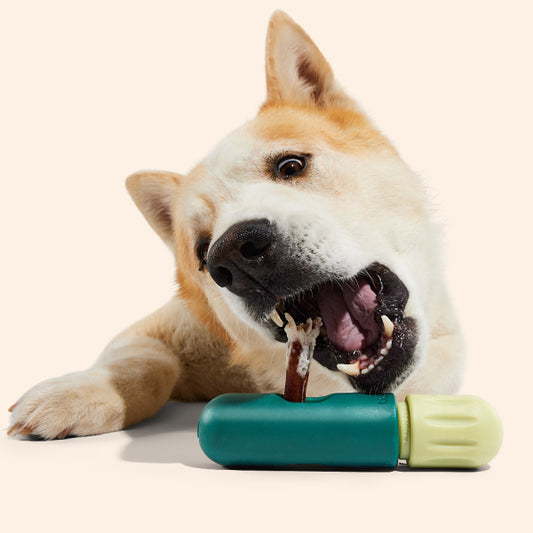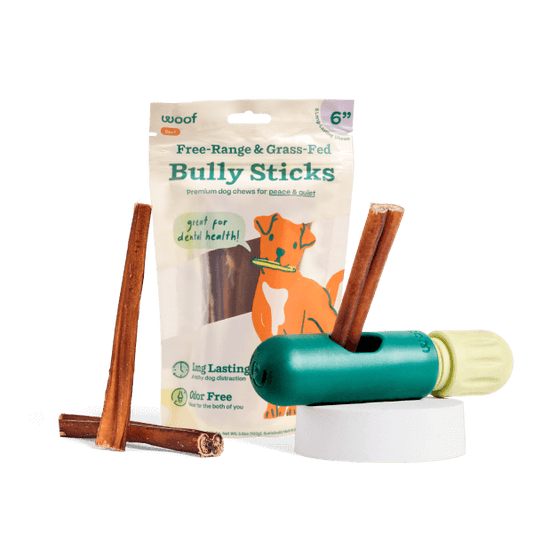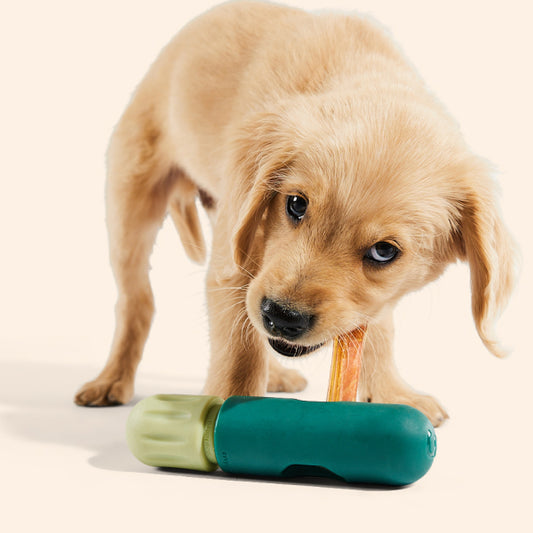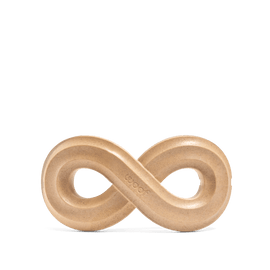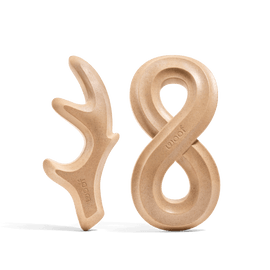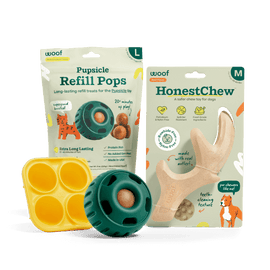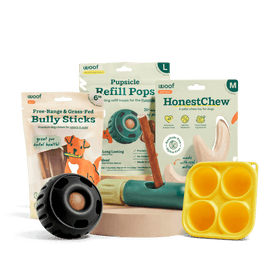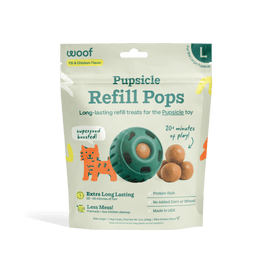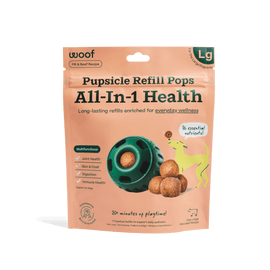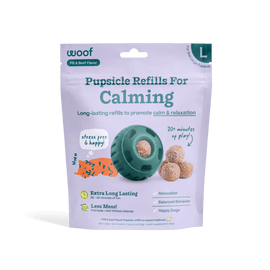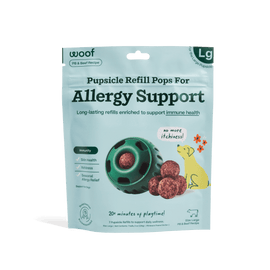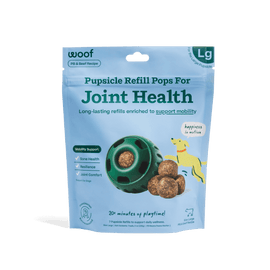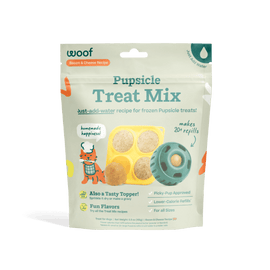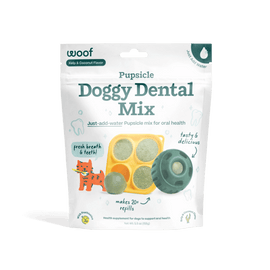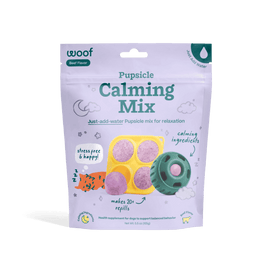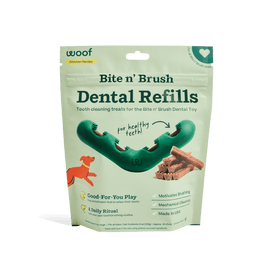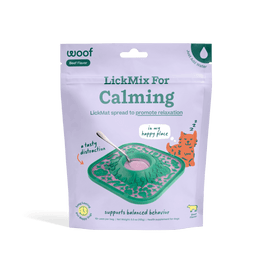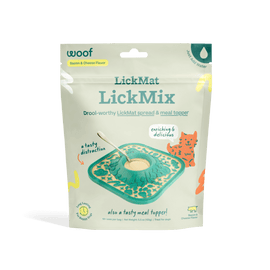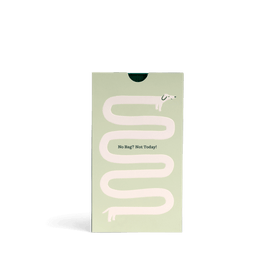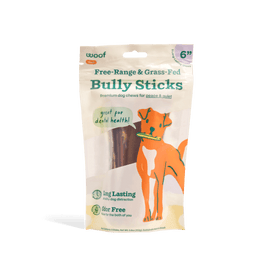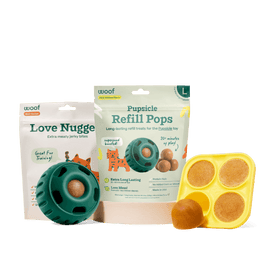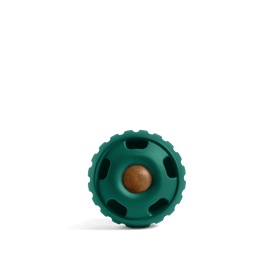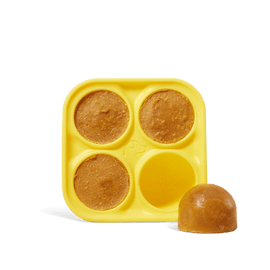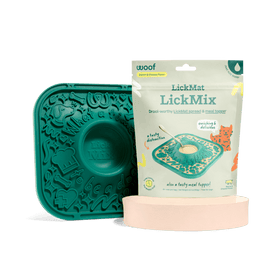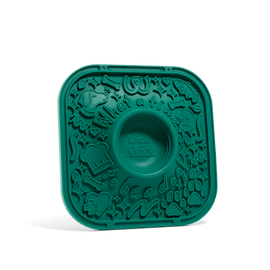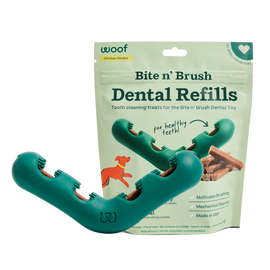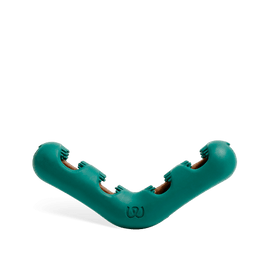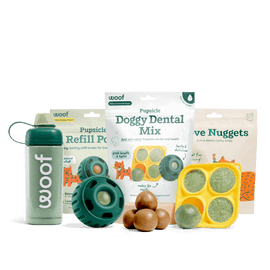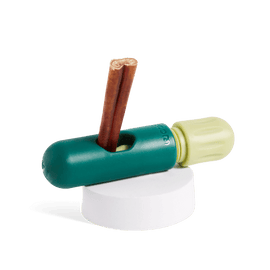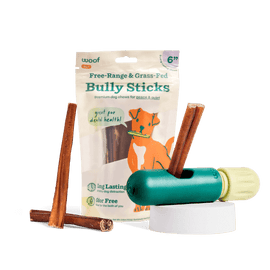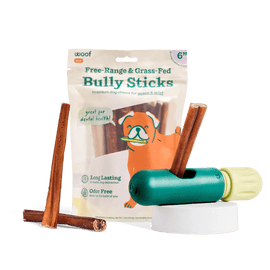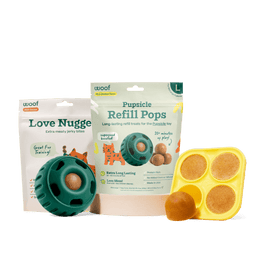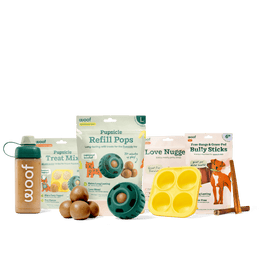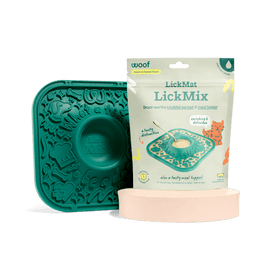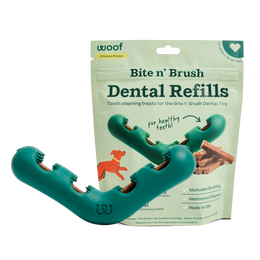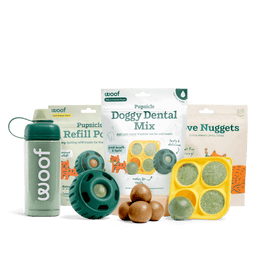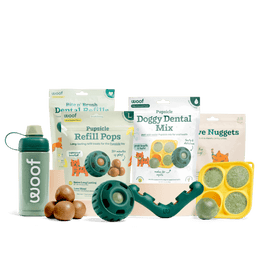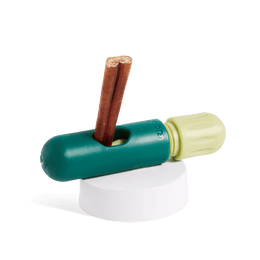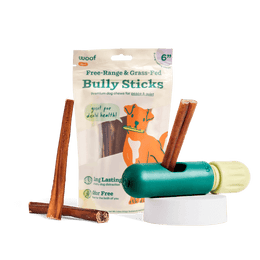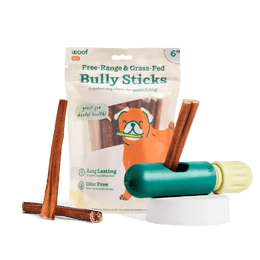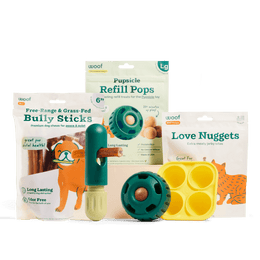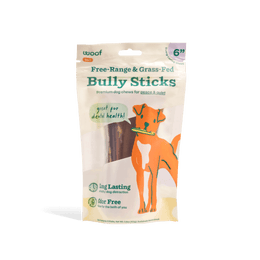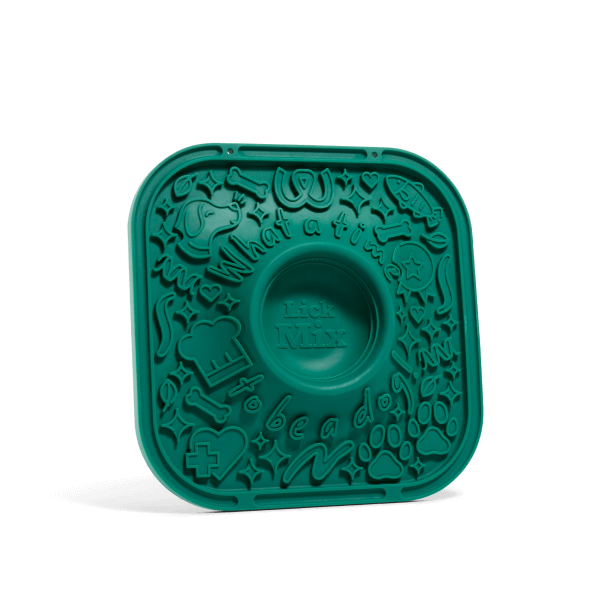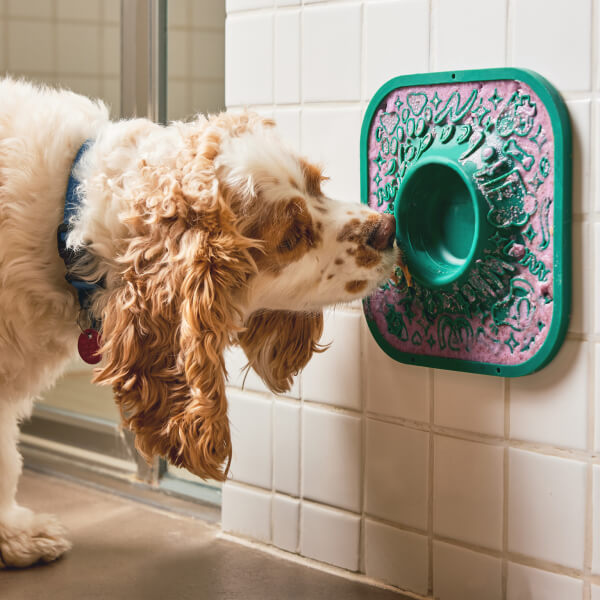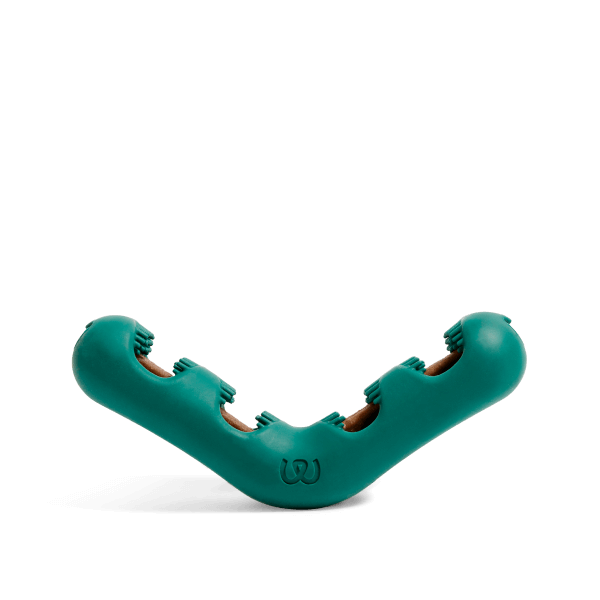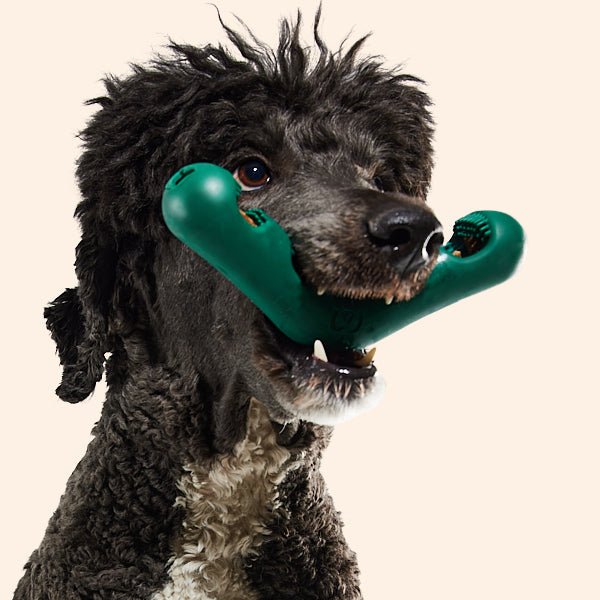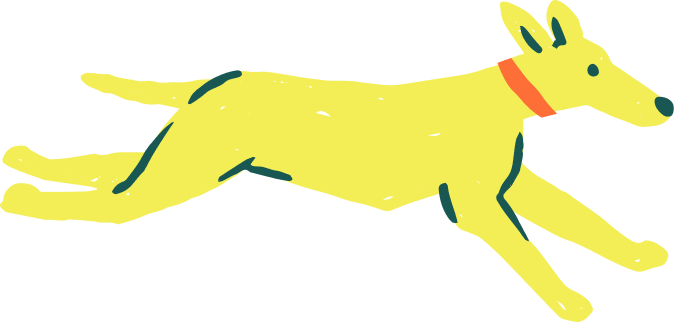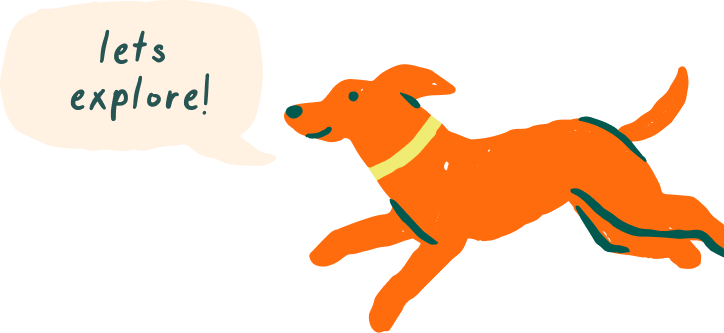
D
ogs are more than just pets; they're family. When our furry companions are anxious, it affects us deeply. Recognizing the signs of anxiety in dogs is the first step toward helping them feel secure and loved. In this guide, we'll explore the common indicators of dog anxiety and offer practical solutions to ease their stress, including how Woof's products can make a difference.Recognizing the Signs of Dog Anxiety
Anxiety in dogs can manifest in various ways. Common signs include:
- Pacing or Restlessness: Anxious dogs may walk around aimlessly or have difficulty settling down.
- Excessive Barking or Whining: Vocalizations can increase when a dog is feeling stressed.
- Shaking or Trembling: Physical signs of anxiety often include trembling or shivering.
- Destructive Behavior: Chewing furniture or digging can be coping mechanisms for anxiety.
- Changes in Eating Habits: Loss of appetite or overeating may occur.
- Excessive Licking or Grooming: Dogs may lick themselves to soothe nerves.
- Withdrawal or Hiding: Seeking solitude can be a response to stress.
Understanding these signs is crucial for providing the appropriate care and support your dog needs.
Common Causes of Dog Anxiety
Several factors can contribute to anxiety in dogs:
- Separation Anxiety: Stress from being left alone.
- Noise Phobias: Fear of loud sounds like thunderstorms or fireworks.
- Changes in Routine: Moving to a new home or changes in daily activities.
- Past Trauma: Previous negative experiences can leave lasting effects.
- Genetic Predisposition: Some breeds are more prone to anxiety.
Identifying the root cause is essential for effective treatment.
How to Help Your Anxious Dog
There are several strategies to alleviate your dog's anxiety:
- Establish a Routine: Consistent feeding, walking, and playtimes can provide a sense of security.
- Provide a Safe Space: Create a quiet area where your dog can retreat and relax.
- Use Calming Products: Items like The LickMat can distract and soothe anxious dogs.
- Engage in Interactive Play: Toys like The Bite n' Brush can reduce stress through play.
- Consult a Veterinarian: Professional guidance can help tailor a treatment plan.
Woof offers a range of products designed to support dogs with anxiety. For example, The LickMat is a great tool to keep your dog engaged and calm. Additionally, The Bite n' Brush not only entertains but also promotes dental health.
Conclusion
Recognizing and addressing anxiety in dogs is vital for their well-being. By understanding the signs and implementing appropriate strategies, you can help your dog lead a happier, more relaxed life. Remember, you're not alone in this journey—Woof is here to support you and your furry friend every step of the way.
